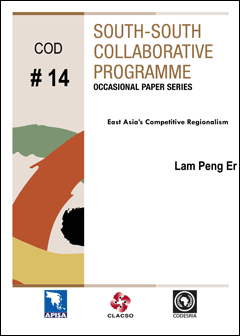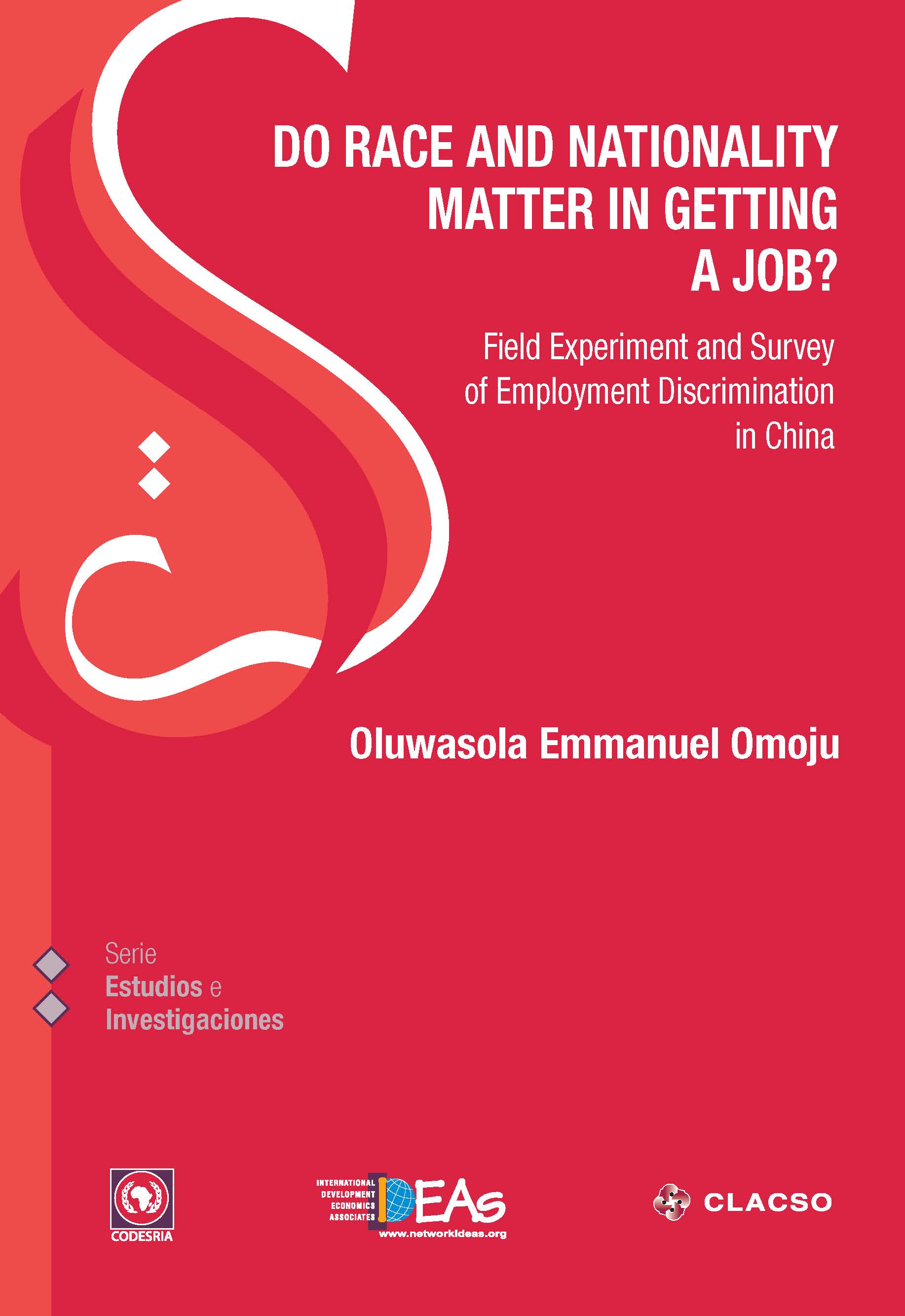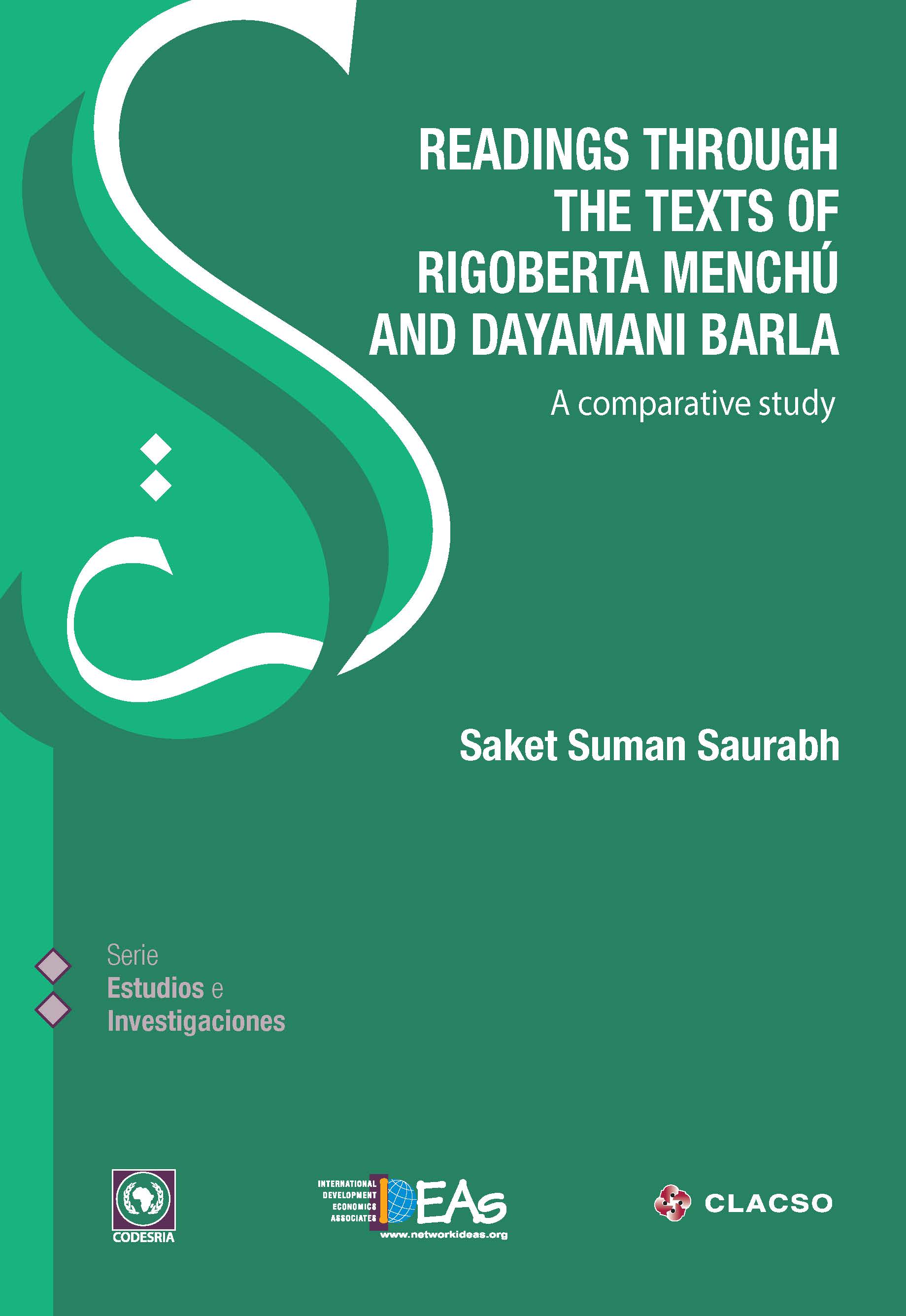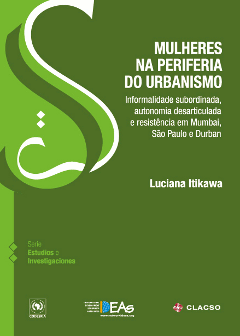- Sur-Sur.
Occasional Paper Series COD #14
East Asia´s Competitive Regionalism
Compartir:
The main argument is that East Asia's nascent regionalism is driven by competition within the region and with NAFTA and the EU. Unlike France and Germany which consciously led in European integration to avoid a catastrophic war again, the lynchpin of East Asian regionalism is actually ASEAN. However, the strategic rivalry between the two great Asian powers of China and Japan is also driving East Asian regionalism because they are competing to establish FTAs, bilaterally and multilaterally, with Southeast Asia. The analogy is that ASEAN works like a "Lego Block" which helps to link China and Japan together in regionalism even though the two countries remain divided by their burden of history and competing to become the "top dog" in East Asia. Nevertheless, rising bilateral trade valued at US$207 billion in 2006 between China and Japan will be an added incentive (though not a sufficient condition) to keep their relations on an even keel. Presently, there is little consciousness in East Asia that Latin America and Africa are natural allies in the South to balance North America and Europe. East Asia comprises mixed elements of North and South differentiated by material wealth and technological capabilities. Moreover, a number of East Asian states (e.g. Japan, South Korea and the Philippines) are dependent on the US for their military security. I also argue that there are different types, configurations and layers of "global hegemonies" --- military, political, economic and cultural --- and in the case of regionalism, it is difficult for even a unilateral military superpower like the US to impose its preferences and will on the processes and institutions of regionalism in East Asia which are multilateral, pluralistic, complex and multi-layered. (...)
Detalle
- Editorial/es:CLACSO. CODESRIA. APISA.
- Ciudad de edición:Buenos Aires.
- Fecha de publicación:Enero de 2008













